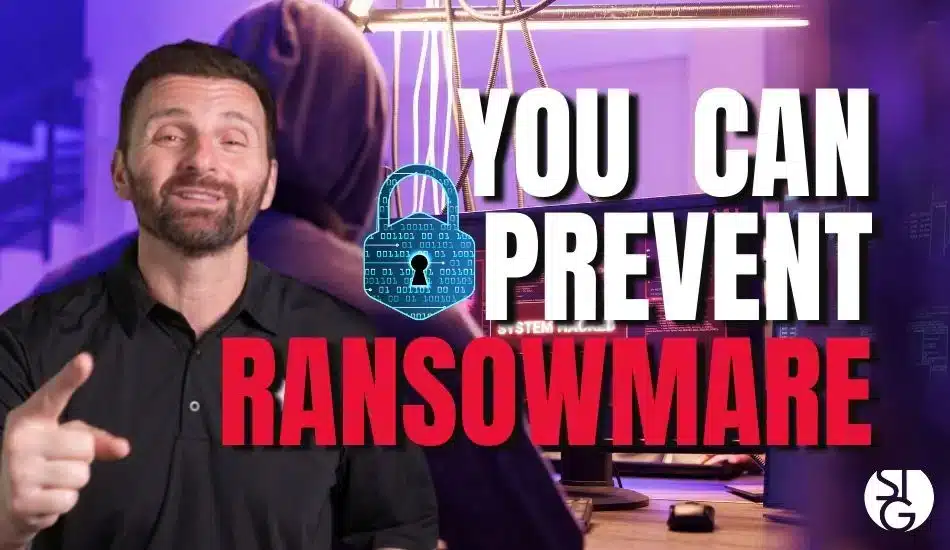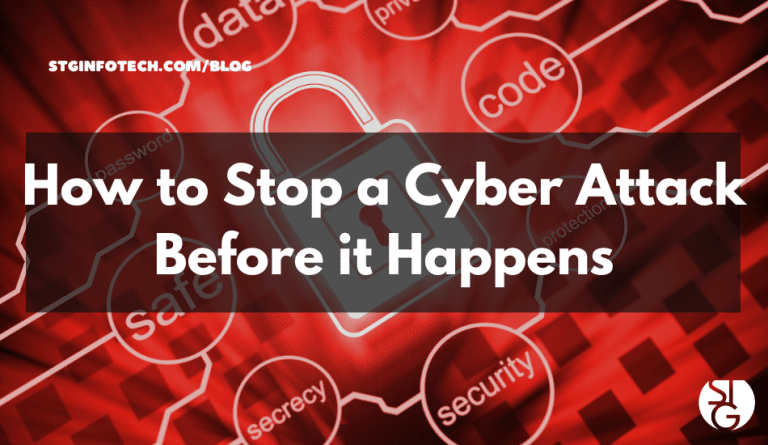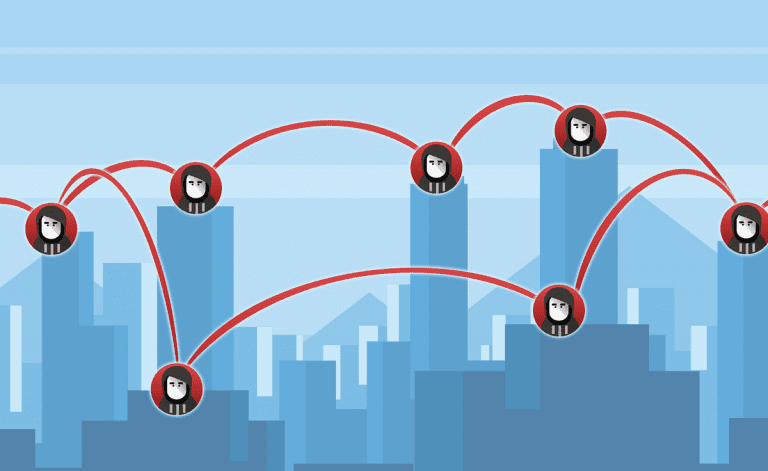Ransomware making you nervous? Don’t worry—we’ve got the ultimate playbook to keep your business safe and sound with practical, proactive measures. It shouldn’t feel useless, you can prevent ransomware from happening to you.
What Exactly Is Ransomware?
What Is Ransomware?
Ransomware is a sophisticated form of malicious software (malware) designed with a single purpose: to extort money from victims. It achieves this by either encrypting the victim’s files (crypto ransomware) or locking users out of their systems entirely (locker ransomware), then demanding payment—usually in cryptocurrency—for restoration of access.
Unlike other forms of malware that might steal data or use your systems for other purposes, ransomware’s business model is direct: pay the ransom, or lose access to your critical business information and systems.
In this guide, we want to explain some effective strategies for preventing ransomware, including using security software, maintaining backups, keeping software updated, being cautious online, and developing robust incident response policies.
How to Prevent Ransomware
Utilize Security Software
The foundation of any effective ransomware prevention strategy is robust security software.
Keeping your antivirus and anti-malware programs up to date is crucial for detecting and neutralizing threats before they can cause harm. Regularly scanning software downloaded from the internet can help catch malicious files before they are executed.
Additionally, implementing monitoring applications and Intrusion Detection Systems (IDS) enhances your ability to detect and respond to suspicious activities in real-time, providing an extra layer of defense against ransomware attacks.
Implement a Reliable Backup Strategy
Having a reliable backup strategy is one of the most effective ways to protect against ransomware. Ensure that critical data is regularly backed up and stored securely. Preferably offline or in a cloud service that retains previous versions of files.
This approach allows you to recover data without paying a ransom if an attack occurs. Regularly test your backup systems to confirm their functionality and integrity.
When you ensure that your backups are secure and up-to-date, you mitigate the impact of a ransomware infection and ensure business continuity.
Keep Software Up to Date
Regular updates and patches are essential for closing vulnerabilities that ransomware and other malware can exploit. Ensure that all operating systems, applications, and software are kept current with the latest security patches.
Enabling automatic updates can help maintain security by applying the most recent fixes without manual intervention.
For systems that require older software, address vulnerabilities promptly and consider upgrading or replacing outdated components to reduce potential security risks.
Exercise Caution Online
Online behavior significantly impacts your susceptibility to ransomware attacks. Download software only from reputable sources and avoid using unfamiliar USB devices, as they can harbor malware.
Be cautious when sharing personal or business information online, and always verify the legitimacy of requests for sensitive data.
By practicing safe online habits, you can reduce the risk of inadvertently introducing ransomware into your system and enhance your overall cybersecurity posture.
Develop and Test Incident Response Policies
A well-defined incident response plan is crucial for managing ransomware threats effectively.
Develop a practical response strategy that outlines the roles and responsibilities of your team during a cyber incident. Include contact information for key partners, insurance providers, and vendors, and conduct regular tabletop exercises to test and refine the plan.
Regularly review and update your incident response policies to address changes in your organization and evolving threat landscapes. This will ensure that your team is prepared to respond swiftly and effectively in the event of an attack.
Preventing ransomware is an ongoing effort that requires vigilance and proactive measures. By implementing strong security software, maintaining reliable backups, keeping software updated, exercising caution online, and developing a comprehensive incident response plan, businesses can significantly reduce their risk of falling victim to ransomware attacks.
How Ransomware Works and Why It’s a Serious Threat to LA-Based Businesses
1. Initial Compromise
Ransomware operators gain access to systems through multiple vectors:
- Phishing Emails: Sophisticated phishing campaigns remain the most common entry point, using social engineering to trick employees into opening malicious attachments or clicking harmful links.
- Remote Desktop Protocol (RDP) Exploitation: Attackers scan for exposed RDP ports (typically port 3389) and use brute force attacks or stolen credentials to gain access.
- Software Vulnerabilities: Unpatched systems with known security flaws provide easy entry points for attackers.
- Drive-by Downloads: Simply visiting a compromised website can trigger automatic malware downloads.
- Supply Chain Attacks: Trusted software providers are compromised to distribute ransomware through legitimate update channels.
- Malvertising: Malicious code embedded in online advertisements can redirect users to exploit kits.
- Infected USB Drives: Physical media can spread ransomware when connected to corporate networks.
2. Privilege Escalation and Lateral Movement
Once inside your network, attackers work to:
- Obtain administrative privileges to maximize damage
- Disable security tools and backup systems
- Move laterally through your network to infect as many systems as possible
- Map your network infrastructure to identify critical systems
- Exfiltrate sensitive data before encryption (for double extortion attacks)
- Delete shadow copies and other backup mechanisms
3. Data Encryption and Ransom Demand
After sufficient reconnaissance and preparation:
- Ransomware begins encrypting files using strong cryptographic algorithms
- System access is blocked, often with a branded ransom note displayed
- Demands include payment instructions, usually via cryptocurrency
- Timers may appear, threatening deletion of decryption keys or increased payment amounts
- Attackers may offer to decrypt a sample file to prove they can restore your data
New Ransomware Tactics
The ransomware attack types have grown significantly more sophisticated in recent years:
Multi-Faceted Extortion
Modern ransomware attacks have evolved beyond simple encryption:
- Double Extortion: Attackers steal sensitive data before encryption, then threaten to publish it if ransom isn’t paid
- Triple Extortion: Combines encryption, data theft, and DDoS attacks to pressure victims
- Quadruple Extortion: Adds notifications to customers, partners, and media to increase reputational damage risks
Ransomware-as-a-Service (RaaS)
If it wasn’t bad enough, the criminal ecosystem has industrialized:
- Ransomware developers lease their malware to affiliates who conduct attacks
- Technical barriers to entry have lowered, increasing attack volume
- Specialized roles have emerged: access brokers, negotiators, and infrastructure operators
- Professional “customer service” helps victims with payment and decryption
- Affiliate programs share profits between developers and operators
Targeted Enterprise Attacks
Random opportunistic attacks have given way to targeted campaigns:
- Big Game Hunting: Focusing on organizations that can pay larger ransoms
- Industry Targeting: Sectors like healthcare, education, and government face increased attacks due to critical data needs and perceived ability to pay
- Strategic Timing: Attacks often occur during holidays, weekends, or major events when security teams may be understaffed
- Victim Research: Attackers research financial status, insurance coverage, and other factors to set ransom amounts
The Real Impact on Los Angeles Businesses
Ransomware attacks create cascading consequences for victims:
Immediate Business Disruption
- Operations grinding to a halt as systems become inaccessible
- Employee productivity reduced to paper-based processes
- Customer-facing services and sales systems offline
- Manufacturing or service delivery delays
- Communication systems compromised
Financial Consequences
- Direct costs of ransom payments (often hundreds of thousands to millions of dollars)
- Recovery and remediation expenses often exceeding the ransom demand
- Lost revenue during downtime (averaging 16-21 days for full recovery)
- Additional IT security investments required after the breach
- Increased cyber insurance premiums or difficulty obtaining coverage
Long-Term Impacts
- Reputational damage affecting customer and partner relationships
- Regulatory consequences and potential fines for data breaches
- Intellectual property loss
- Competitive disadvantage during extended recovery periods
- Leadership changes resulting from significant breaches
High-Profile Los Angeles Area Ransomware Incidents
Several notable organizations in Southern California have fallen victim to ransomware attacks:
- The Los Angeles Unified School District (LAUSD) faced a high-profile ransomware attack that affected systems and operations
- Multiple healthcare providers across Los Angeles County have faced disruptions to patient care
- Several municipal governments in the region have paid ransoms to restore critical services
- Entertainment industry companies have been targeted due to their high-value intellectual property
For expert guidance and support in implementing these best practices, consider partnering with a managed IT service provider like STG Infotech. Our expertise in IT support and cybersecurity can help you safeguard your business against ransomware and other cyber threats, ensuring your operations remain secure and resilient.
Check out our last YouTube video! ➡️ Is Security Awareness Training Crucial for Your Business?
If you’re based in Los Angeles and looking for reliable IT support, cybersecurity services, or IT solutions, feel free to reach out to us at stginfotech.com or schedule a call via the calendar link below to learn more about how we can help you plan your IT infrastructure.
STG Infotech proudly provides IT Services for Small to Medium Businesses in Greater Los Angeles. We’d love to see if we can help you too!

Let’s dive into your IT!
Schedule a free 15-minute Virtual Meeting with a Business Technology Specialist of STG Infotech and get a closer look into your IT challenges.
We will assess your current IT infrastructure and answer any questions you may have about IT Services or partnering with STG IT.




